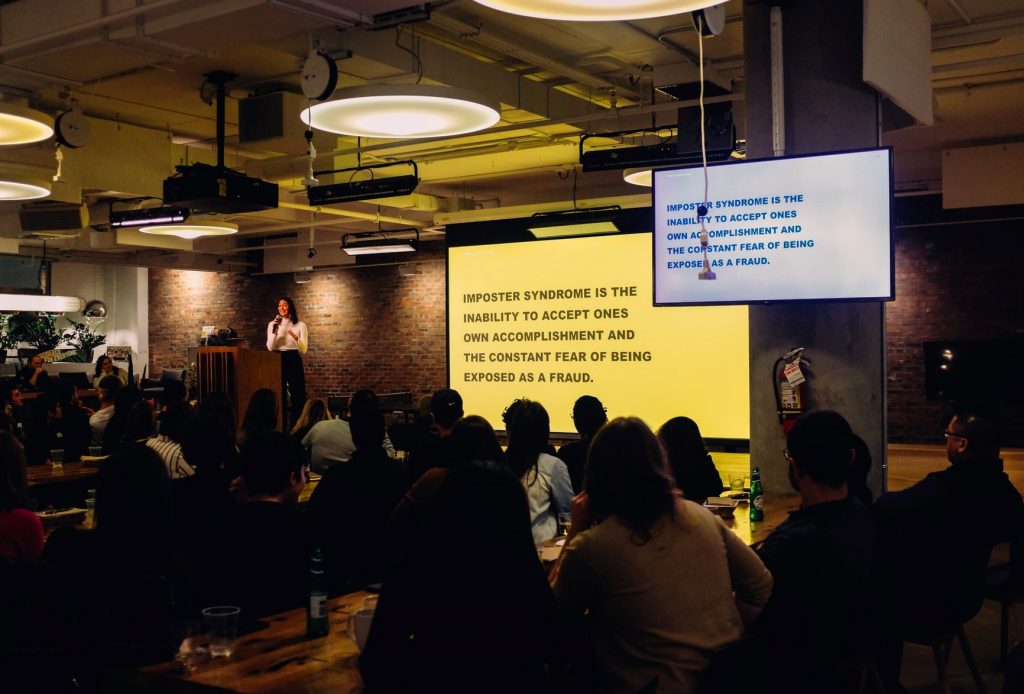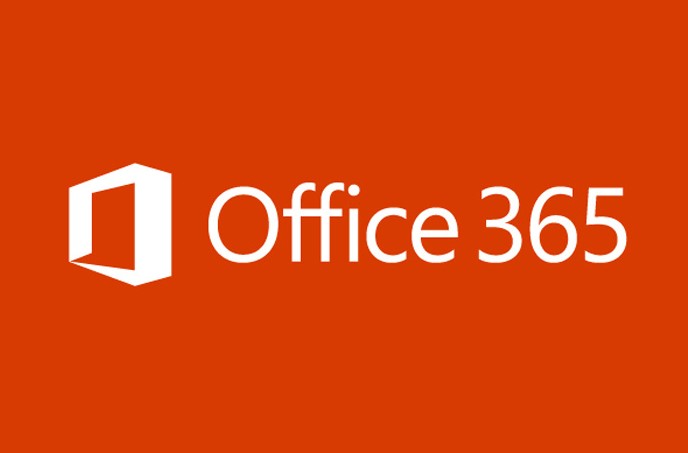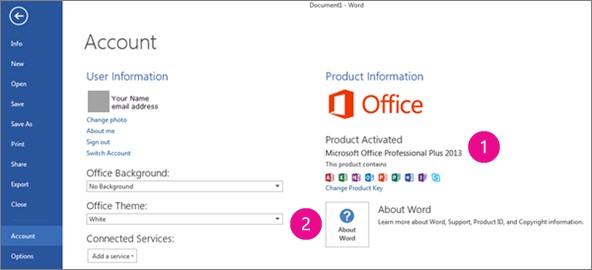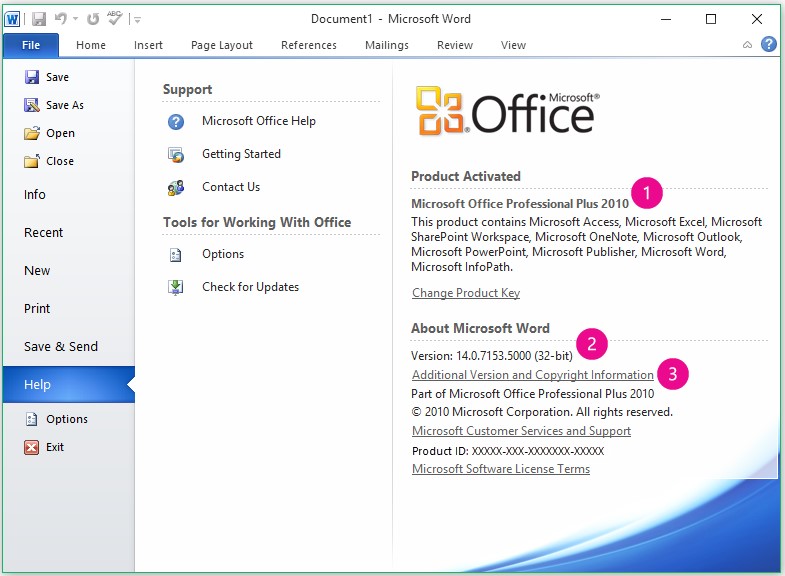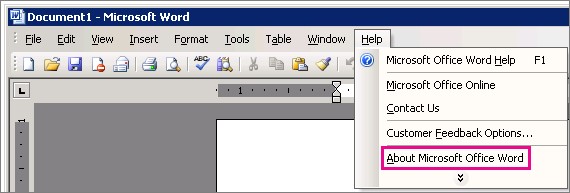
The goals of an organisation are vitally important. They are the objectives established by that company to define expected outcomes and to guide employees’ efforts. Organisational goals help define a company’s purpose, assist its business growth and help achieve its financial objectives. The setting specific organizational goals will, by definition, help a company to measure the progress of the organisation.
Goals should be specific, measurable, achievable and timely. Goal setting, when done well, has many benefits:
- Motivates Employees
- Aids the Prioritising of Work
- Facilitates Decision Making
- Enhances Teamwork
- Provides a Metric to Measure Success
- Helps Guides Employees
- Enhances Time Management
Considering the importance of goal setting, we should perhaps spend more time on it than we do.
Managing Organisational Goals Course
As a manager, you are responsible for setting the goals for your team and for managing their work. Organisational goals can often get lost in layers of management and not get communicated to the individual contributors. In the absence of goals, employees can feel unmotivated or can even set their own goals for achievement, which will result in poor and conflicting team performance. In this course, you will develop skills needed to establish tactical goals for your team based on organisational directives and general goals from your manager and create and manage action plans to achieve these goals.
Delivery Method
Instructor led, group-paced, online or classroom-delivery learning model with structured hands-on activities.
Target Students
This course is intended for the professional employee who is a team leader.
Prerequisites
Prior to taking this course, the student should have knowledge of corporate goals. Other courses that may be helpful are:
– What Good Managers Do – The First 100 Days
– Negotiating Skills
– Delegating
Course Objectives
Upon successful completion of this course, students will be able to:
- Refine goals for your team.
- Develop action plans and contingency plans for achieving your team goals.
- Manage your team and work with stakeholders in your organisation to achieve the action plan.
Course Content
Lesson 1: Establishing Team Goals
Topic 1A: Clarify General Team Goals
Topic 1B: Create a Goal Map
Topic 1C: Translate General Goals into Tactical Goals
Lesson 2: Developing a Team Plan
Topic 2A: Create Action Plans for Achieving Goals
Topic 2B: Develop a Contingency Plan
Lesson 3: Achieving the Team Plan
Topic 3A: Implement the Action Plan
Topic 3B: Evaluate Success
To find our more about this course and many other business courses, contact us here at Infero.

